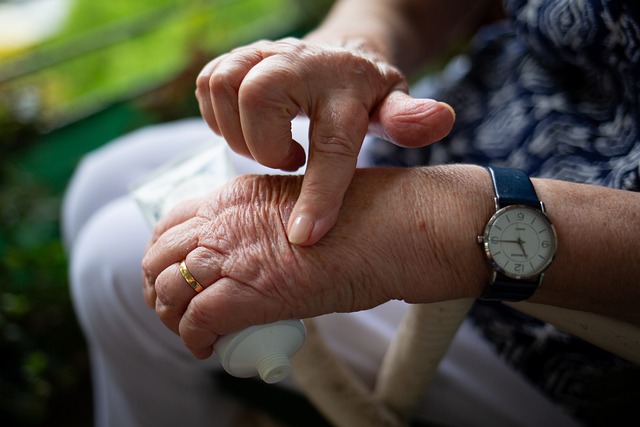Positive change may be on the horizon for patients who use — or even rely on — telehealth services. Earlier this month, the Federal Communications Commission (FCC) announced its intent to overhaul its method for distributing telemedicine-adjacent funds through the Rural Health Care Program in a way that eliminates any current wasteful practices or inefficiencies.
The FCC’s move comes in part because the demand for RHCP has largely and consistently outpaced its funding; while program organizers took steps to address the disparity last year by upping its funding cap from $400 million to $571 million, the problem has persisted. Now, the FCC intends to resolve the issue another way: by prioritizing funding disbursement along “rurality tiers.” This means that in the (likely) event that the RHCP begins to run low on money, the FCC will provide funding to extremely rural counties — those beyond defined metropolitan and micropolitan statistical areas — before urban or suburban ones. This reorganization is at the core of the FCC’s efforts with the RHCP; however, program organizers also hope to settle on a single method of determining subsidies for healthcare providers in rural areas.
All told, the FCC hopes that these changes will better connect patients in remote areas so they can have greater access to the telehealth services they need to maintain their health and well-being. The organizations’ efforts are both timely and necessary, given that telemedicine has been a vital — if underfunded — aspect of the rural healthcare experience for the last two decades.
Understanding the Value of Telehealth Services
Generally speaking, remote areas struggle to attract and, more critically, maintain a consistent base of healthcare professionals. According to statistics published by NPR, 60% of America’s reported care provider shortages in 2018 were located in rural areas. The problem is particularly pressing for patients who need specialist care; surveys conducted by the Health Resources and Services Administration have found that over 90% of all psychologists and psychiatrists, for example, practice exclusively in metropolitan areas.
The sheer distance a rural patient might need to travel to receive specialized care could pose a high cost in time and money — and the bill may not be one that they can readily pay. If a patient needs to drive several hours to see a doctor, they may need to take time off from work or make expensive travel arrangements to do so. To those unable to do either, it may seem easier to put off, or even entirely forego, treatment. It’s a conclusion that is problematic, especially for its commonality. One research policy brief published by the Maine Rural Health Research Center found that “rural residents are more likely to experience higher out-of-pocket costs and delayed or foregone care as a result of cost, even when covered by private health insurance.”
Telemedicine, however, has proved an able bridge across the geographical divide. For many rural patients, HIPAA-compliant videoconferencing programs and other remote patient monitoring tools have all but removed the need for expensive travel.
Studies have found that when implemented well, telehealth services can increase local communities’ perceptions of local health care quality, boost access to and satisfaction with specialist care, and decrease the need for a remote patient to travel beyond their community for health care services. The benefits of telehealth aren’t limited to care access, either; one 2004 study conducted in rural Alaska found that telemedicine use could increase patient benefits by as much as $40 per visit, and further reduce patients’ loss from rationing access to physicians by a full 20%.
Rural patients deserve the same access to high-quality care that those in metropolitan areas enjoy as a matter of course. The FCC’s efforts to improve rural care should be applauded — and we can only hope that the organization’s policy overhaul will make telehealth services even more accessible for the remote patients who need them the most.







